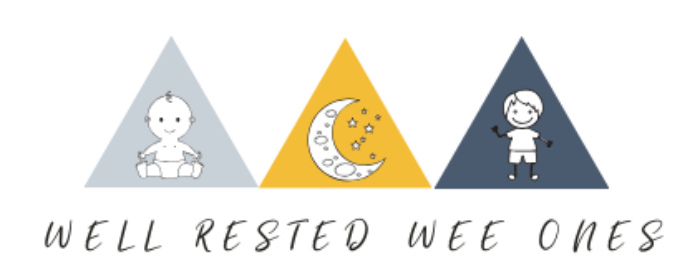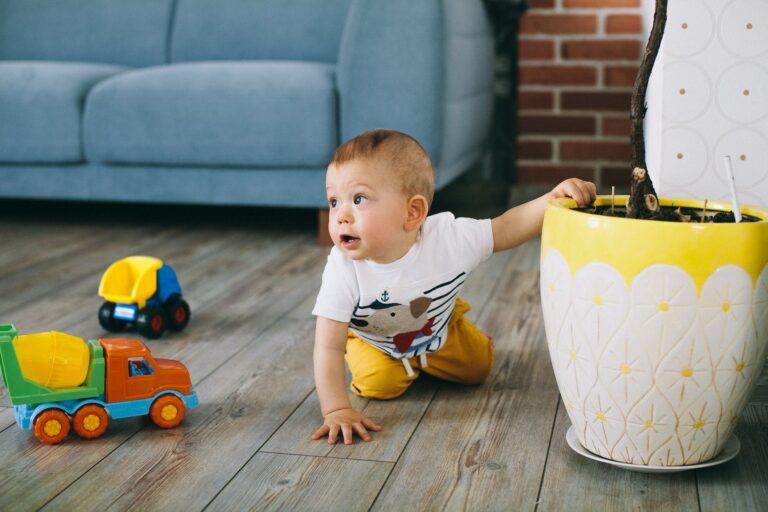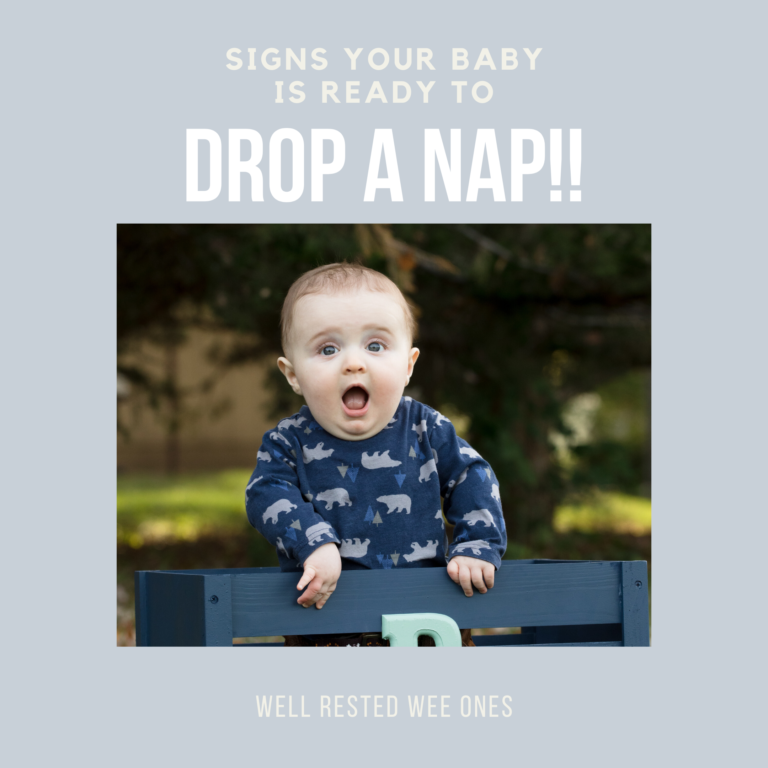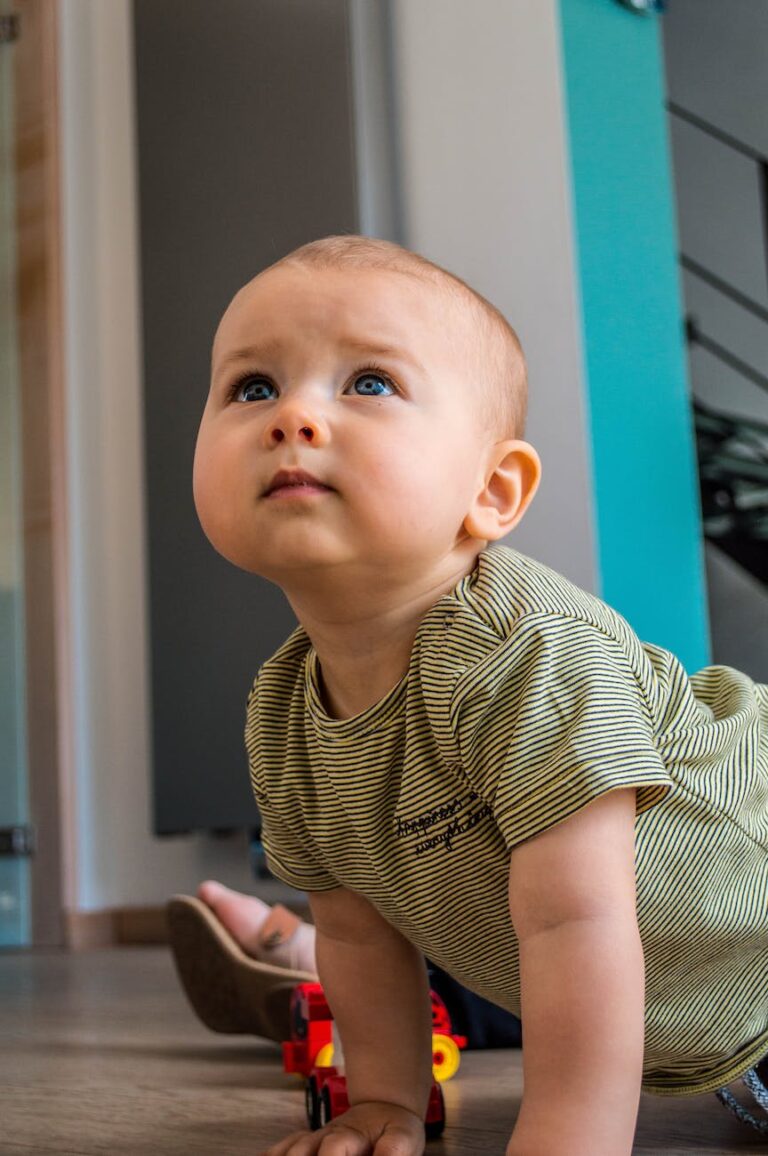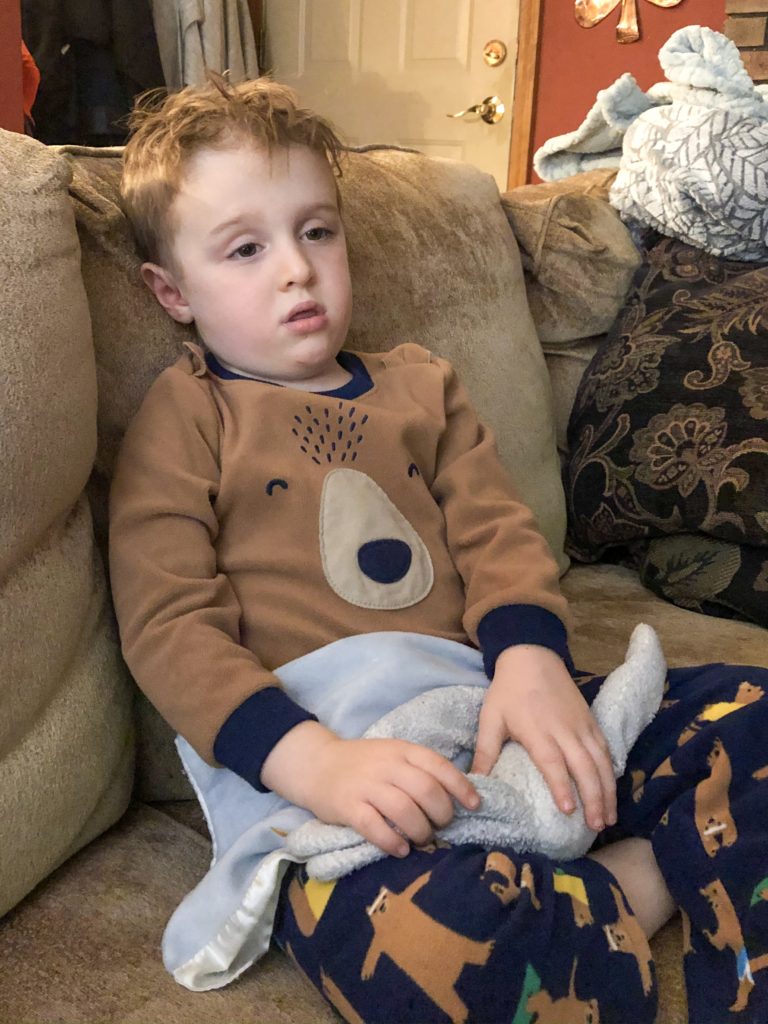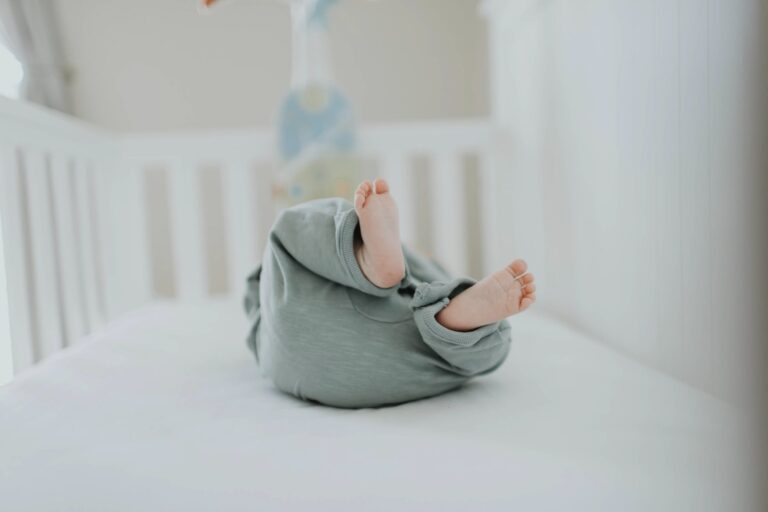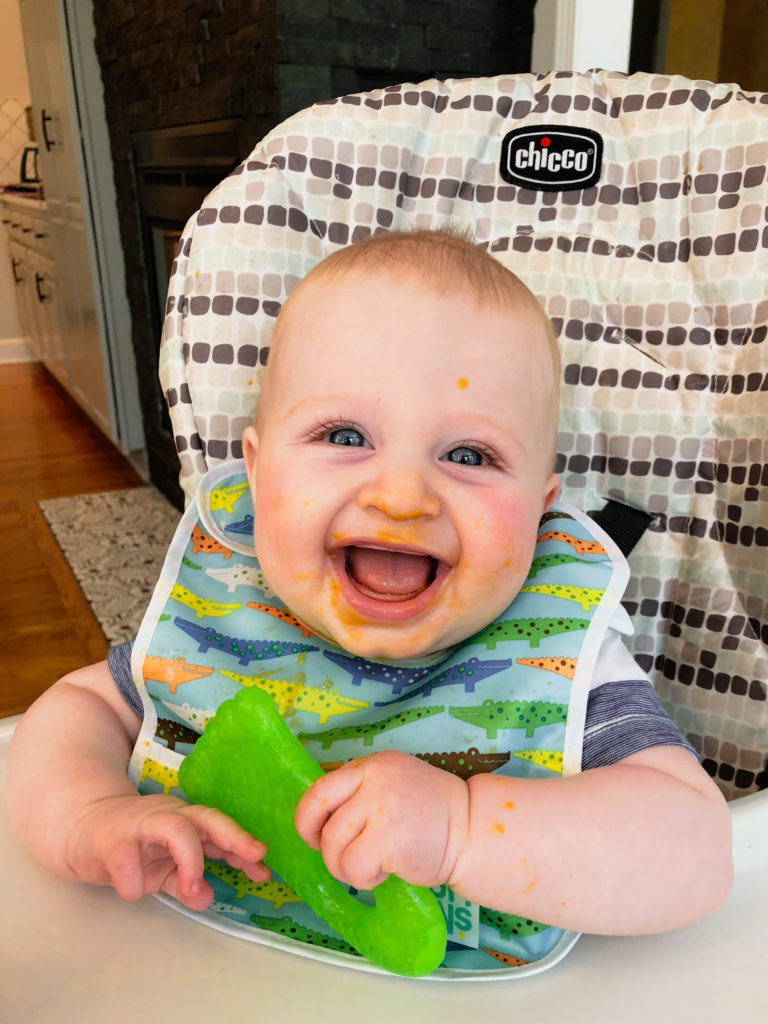how to remove the Pacifier
Pacifier, Dummy, Binky…Whatever you want to call it! Here’s the scoop on when and how to remove the pacifier!
A pacifier can be a great option to help calm a fussy or crying baby as well as provide an opportunity for nonnutritive sucking. Still, at some point, you may find the pacifier is becoming more of a problem than a benefit.
Newborns love to suck!
Newborns are born with an innate sucking reflex. You may have even seen an ultrasound picture of your baby with their thumb in their mouth sucking away! Yes, this happens in utero.
Once your baby is out in the world they still need to suck….A LOT! They will be feeding A LOT–8-12 times a day. And outside of these feeds, they will also want to suck which is when a pacifier can come in handy.
Nonnutritive sucking is when your baby is sucking on a pacifier, their thumb, on the breast, or bottle after finishing a feed. This type of sucking is very relaxing for newborns and can help to calm them.
If you’re an expecting or new parent my Newborn Feeding and Sleep Guide is full of tips for healthy sleep foundations and calming your newborn.
Pacifiers Can Reduce the Risk of SIDS
Research shows that newborns up to 6 months of age who are sucking on a pacifier while falling asleep are at a lower risk of SIDS. One thing to understand is that NOT using a pacifier DOES NOT increase the risk of SIDS.
Practicing safe sleep by placing your baby on their back in a crib or bassinet that is free of other objects is the number one way you can reduce the risk of SIDS.
when does the pacifier become a problem?
I find that the pacifier becomes a sleep problem between three and six months of age. This is the age when your baby’s sleep patterns are maturing and changing. Learn more about the 4 month sleep regression here!
Your baby now has multiple stages of sleep including much lighter stages of sleep and they have gained more awareness of their sleep routines. Your baby’s brain starts making strong sleep associations with how they fall asleep. Sucking to sleep is a common sleep association including sucking on a pacifier, breast, or bottle.
If your baby is very reliant on sucking to sleep they are much more likely to cry and protest when the pacifier falls out of their mouth.
Your baby also isn’t old enough yet to replace the pacifier on their own so this turns into a game of paci pong and replacing the pacifier over and over again at bedtime, the middle of the night, or for naps. The Well Rested course has customizable methods to help your baby sleep without the pacifier!
What about older babies and the pacifier?
Some parents try to ride out the stage from 3-6 months when their baby isn’t able to replace the pacifier on their own in the hope that sleep will improve once they can do it on their own.
After working with thousands of families, I can tell you that more often than not the pacifier continues to be a sleep problem.
Your baby is much more likely to wake up if the pacifier falls out or they can’t find it in the middle of the night even if they can replace it on their own.
How Long Should You Use the Pacifier?
There are certainly benefits to using the pacifier in the first few months of life. But after 3-6 months of age, the cons start to outweigh the pros when it comes to pacifier use.
- The pacifier becomes more of an emotional attachment making it harder to remove after 6 months
- The risk of otitis media (ear infection) increases with use after 6 months of age
- Using a pacifier can take away from your baby exploring objects with their mouth–new textures and oral stimulation
- It can affect speech development and take away from opportunities to communicate with caregivers
- It can affect the proper growth of the mouth and teeth that are misaligned
- Babies can become dependent on it for sleep-whether it’s a parent that has to replace it for them to fall asleep, overnight, or for a nap, or your baby is waking up and searching for it and crying because they can’t find it
how to remove the pacifier
Here are a few tips to help this habit or wean the pacifier
- Remove the pacifier during the day while your baby is awake first and only use it for sleep.
- After 3 months, it is more beneficial to offer different types of teething toys for oral sensory development. This helps with introducing solids and gagging!
- Remove from bedtime and overnight sleep before naps
- Gently remove from your baby’s mouth as drifting off to sleep
- Work toward removing while awake
- Use a sleep training method if your baby protests this change. Within 1-3 nights, your baby will be falling asleep easily without it!
- For babies over age 1, introduce a lovey to replace the pacifier. This will take repeat exposures for acceptance.
- Once overnight sleep is improved without the pacifier you can remove from naps one at a time or all at once
- It is easiest to remove it around 3-6 months of age
Need sleep support?
If the pacifier is causing more problems than good…I have a class for you! The 4-24 Month Well Rested Collection will walk you step-by-step through a completely customizable sleep training experience. In just a few weeks, your baby will be getting 11-12 hours of independent night sleep, AND you’ll have a plan to navigate any future regressions or bumps in your journey. I’ll also help you set up a daytime routine and nap schedule that fits your family’s lifestyle and values. And you’ll get age-specific guidance to meet your baby right where he or she is developmentally at every stage from now until your baby turns 2.
Want personalized support and guidance on your sleep journey? We have 1:1 personalized sleep coaching plans that provide a personalized plan and two weeks of daily check ins to guide you to better sleep! 1:1 coaching plans available for babies from 3 months up to 4 years of age.
Please Share this Post with a Mama!
